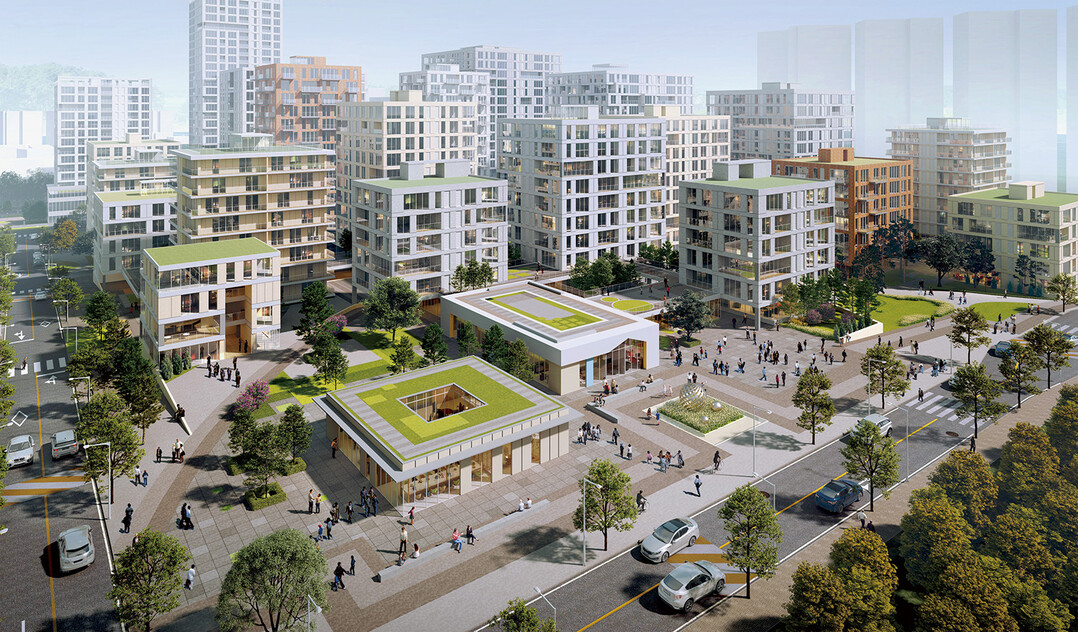
[GLOBAL ECONOMIC TIMES] It was found that the prices of non-apartments, such as townhouses and multi-family buildings, rose mainly for small sizes. The analysis is that this is because demand has concentrated from large to small businesses due to restrictions on raising funds amid lending regulations. With the recent slowdown in housing price growth, it is expected that this situation will also extend to apartments, with prices rising mainly for small-sized apartments rather than medium-sized apartments.
According to the Korea Real Estate Board on the 28th, over the past three months, the actual transaction price index for small non-apartment units under 60㎡ (November 2017 = 100) rose from 118.7 in June to 120.8 in July, and then rose to 121.6 in August. On the other hand, in the case of medium to large sizes exceeding 60㎡, it rose from 110.1 in June to 110.5 in July and then fell to 109.8 in August. Amid the upward trend in apartment prices, all non-apartment prices also rose regardless of area until July, but only small non-apartment prices rose from August when the loan threshold increased.
There is analysis that a similar situation may appear in apartments in the near future. This is because the demand for smaller, cheaper models increases rather than the demand for mid-to-large models, which may affect prices.
As the limit for raising funds has been reduced due to recent lending regulations, it is possible to purchase a house by reducing the size of the purchase.
Ji-hae Yoon, a senior researcher at Real Estate R114, said, “The rise in demand for small-sized houses can be seen as an increase in demand because they are less burdensome compared to medium-sized houses in terms of price.” He added, “As financial capacity has been limited due to recent government loan regulations, those wishing to purchase large houses are choosing medium-sized houses. He explained, “Those who want a medium-sized space can downsize to a small size.”
Meanwhile, it is assessed that the deregulation applied to small via-apartments may also have some impact on investors. Previously, through the 8/8 housing supply plan, the government decided to consider those with an exclusive area of 85 m2 or less and a publicly announced price of 500 million won or less in the metropolitan area and 300 million won or less in the non-metropolitan area as homeless. Accordingly, starting this December, they will be able to apply for housing as non-homeowners. In addition, in the 1/10 measure, small houses of 60㎡ or less to be completed this year and next year were excluded from the number of houses to receive tax benefits.
Kim Je-kyung, head of Tumi Real Estate Consulting, said, “The falling prices of via-apartments, including large villas, shows that the overall via-apartment market is in a difficult situation.” He added, “In the case of the rise of small villas, there may be an influx of investment demand for some redevelopment, but the relaxation of via-apartment regulations “The villa market revitalization due to this effect may be limited to new construction, etc.,” he said.
[Copyright (c) Global Economic Times. All Rights Reserved.]






























